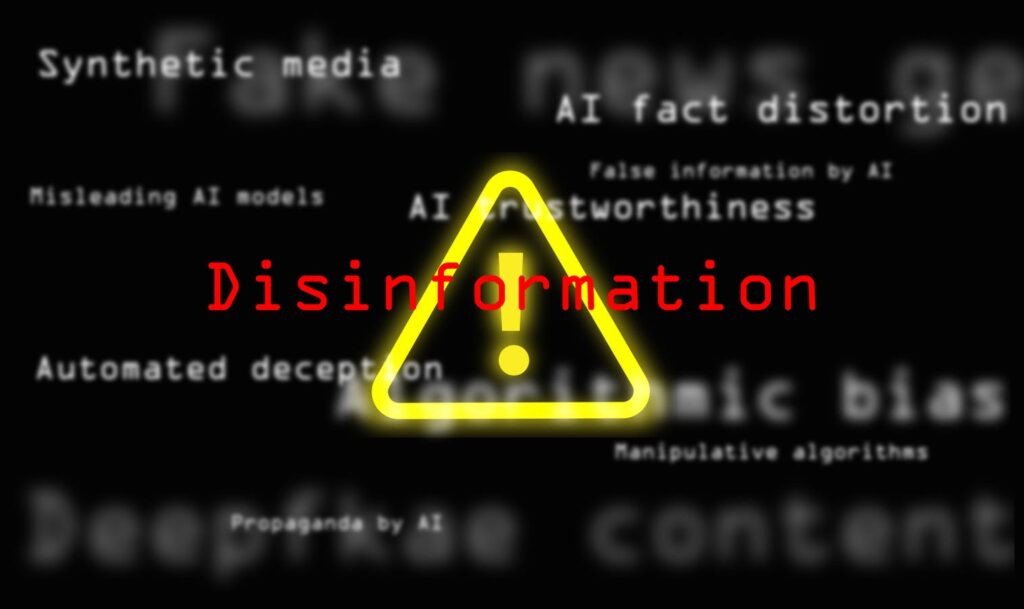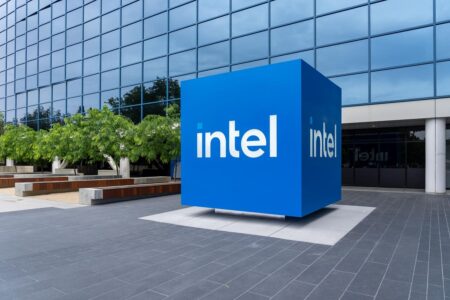Throughout my 60+ year investing experience, I have seen numerous attempts to use technology to make successful investment decisions. While all the technology advances were welcome tools, they could never replace the human brain. Why not? Because the relevant areas, necessary ingredients and proper logic for making accurate investing analysis, outlooks and decisions are forever changing.
But AI knows more and thinks faster, right?
Nope. It does not “know,” nor does it “think.” That is why the many AI teams cannot stop their programs from producing “hallucinations” – i.e., wildly incorrect results. The teams are now trying to get those programs to “know” what is right and wrong by slowing down their “thinking.” However, the hallucinating has gotten worse.
(See The New York Times May 6 article for a good explanation: “A.I. Is Getting More Powerful, but Its Hallucinations Are Getting Worse – A new wave of ‘reasoning’ systems from companies like OpenAI is producing incorrect information more often. Even the companies don’t know why.”)
A good example is an organization’s attempt to create AI profiles for many writers, including me. The two attempts to create mine were ridiculously flawed with 100% false statements.
First attempt: “John S. Tobey is a former NFL quarterback who has been a long-time supporter of cystic fibrosis research. He has worked with the cystic fibrosis community on scholarships, athletics, and research. In 2021, President Biden invited Tobey to serve on the President’s Council of Advisors on Science and Technology.”
Second attempt: “John S. Tobey is a former NFL quarterback who is now a board member at ExxonMobil. He is also a financial advisor for Forbes. In 2018, the Harvard Business Review named him one of the top performing CEOs in the world.”
The result was authors wrote their own profiles, following specified guidelines. (You can read my real profile here)
While doing my analysis for various articles, I have run across AI-created mistakes. Here are three recent examples:
AI fails to explain an aberrant automobile production number
With tariffs starting to affect automobile prices, I was looking at the Great Recession pattern of dropping sales and production. With sales drifting lower, there was an unusually large jump in production in July 2008 for which I did not remember the reason. So, to Google with the question, “Why did automobile production increase in July 2008?” The AI answer? Simplistic and silly guesses and mistakes (underlining is mine):
“In July 2008, automobile production increased, likely due to a few factors. While sales were at record lows, the increase in production may have been driven by a rise in the production of motor vehicles and parts. This suggests that automakers might have been building up inventory despite a slump in consumer demand.”
So, I scrolled below that Google AI response and found The New York Times article (August 15, 2008), “Manufacturing Output Topped Forecasts in July.” It provided the accurate, relevant details (underlining is mine):
“Industrial production, a measure of the volume of goods produced in the United States, slightly topped expectations in July, a bit of positive news for an economy buffeted by inflation and higher costs.
“In a report released Friday, the Federal Reserve said that industrial production grew 0.2 percent over the previous month. Economists had expected production to be flat.
“July’s increase was largely driven by a 3.6 percent rise in the production of motor vehicles and parts. The automotive production number has increased in both of the last two months most likely not because of sales, which are at record lows, but because production had been unusually low because of a strike at an auto parts supplier, American Axle. Economists expect that production will slow down again in response to dismal demand.”
That report led me to an article about American Axle’s strike. This NBC News report (May 22, 2008), “American Axle workers vote to end strike,” laid out the relevant facts (underlining is mine):
“Workers at American Axle and Manufacturing Holdings Inc. have voted to end their nearly three-month-old strike, overwhelmingly ratifying a new contract with the company despite steep pay cuts and other concessions.
“The vote, finalized Thursday, means workers likely will return to their jobs next week, ending a walkout that has crippled General Motors Corp.’s production of large sport utility vehicles and pickup trucks.”
Now the 2008 automobile production numbers make sense. Here are the production numbers relative to March 2008, the last normal production month prior to the strike effect:
March – 100.0
April – 88.2
May – 89.9
June – 97.1
July – 117.6 (the aberrant month that required explanation)
August – 102.4
September – 98.9
The strike-affected 5-month production level averaged = 99.0, thereby putting the industry back on track.
AI fails to accurately describe Federal Reserve interest rate management
Originally the Federal Reserve used the discount rate to affect the financial/money situation. Later, it changed to managing the federal funds rate for that purpose. Then, the discount rate was tied to the federal funds rate at a higher level. For an article, I asked this question: “When did the federal reserve discount rise above the federal funds rate?” Here is the shallow, incomplete and erroneous answer (underlining is mine):
“The Federal Reserve’s discount rate, the rate at which banks can borrow from the Fed, has historically been set above the federal funds rate, the rate at which banks lend to each other. This difference was typically 100 basis points, meaning the discount rate was 1% higher than the federal funds rate target. While the Fed could vary the difference, it has generally maintained this 100-basis point spread since January 2003.”
The graph below shows the discount rate difference from the federal funds rate. Note during the 1955-1964 period, the discount rate was above the federal funds rate. After that (except for 1971-2 and 1975-6), the discount rate was lower until 2003. The large negative differences occurred as the Fed used higher federal fund rates to combat inflation, while supporting banks with a lower discount borrowing rate during the difficult times.
Under Alan Greenspan (1987-2006) the discount rate remained below the federal funds rate until 2003. At that point, he raised the discount rate above to encourage banks to borrow from one another rather than from the Federal Reserve. He also established an automatic 1% difference, thereby removing the necessity of having to set the two rates separately. However, that difference was in place only until 2007, when Ben Bernanke decreased it to about 0.6%. That level prevailed through Janet Yellen’s and Jerome Powell’s terms until the 2020 Covid period, when Powell lowered it to under 0.2%, where it remains today.
Clearly, that AI answer was far off the reality mark.
Now, to the coup de grace: AI lacks internal consistency
Two days ago, I decided to search for stocks that broke their dividend records in 2024. My question to Google AI: “Which U.S. stocks reduced their dividend in 2024 after increasing their dividend each year for at least ten years?” Here was the answer:
“In 2024, there were several U.S. stocks that reduced their dividends after a long history of increasing payouts. Some notable examples include Coca-Cola (KO) and Pfizer (PFE).”
So, two things pop out in that answer. “Several” without a listing of the companies deserves an incomplete grade. Second, did Coke and Pfizer really reduce their dividends in 2024? One way to find out: Grill AI. Here are my questions and AI’s answers:
Q: “Did KO reduce dividend in 2024?”
A: “No, The Coca-Cola Company (KO) did not reduce its dividend in 2024. In fact, they announced a 63rd consecutive annual dividend increase.”
Q: “Did PFE reduce dividend in 2024?”
A: “No, PFE stock did not reduce its dividend in 2024. In fact, Pfizer’s board of directors increased its quarterly dividend by 2.4% in December 2024, marking the company’s 15th consecutive year of dividend growth.”
Those conflicting answers expose a critical flaw. If AI’s data and processes are not consistent and interconnected, there is a significant lack of trust in any answer. Therefore…
The bottom line: Use AI answers gingerly as a guide to further research
All the data in the world and lightening speed does not make for accurate understanding and wise analysis – especially when it comes to investing.
So, use AI as a rudimentary tool that requires additional analysis and confirmation. AI is absolutely not an intuitive, decision-making expert.
Read the full article here











